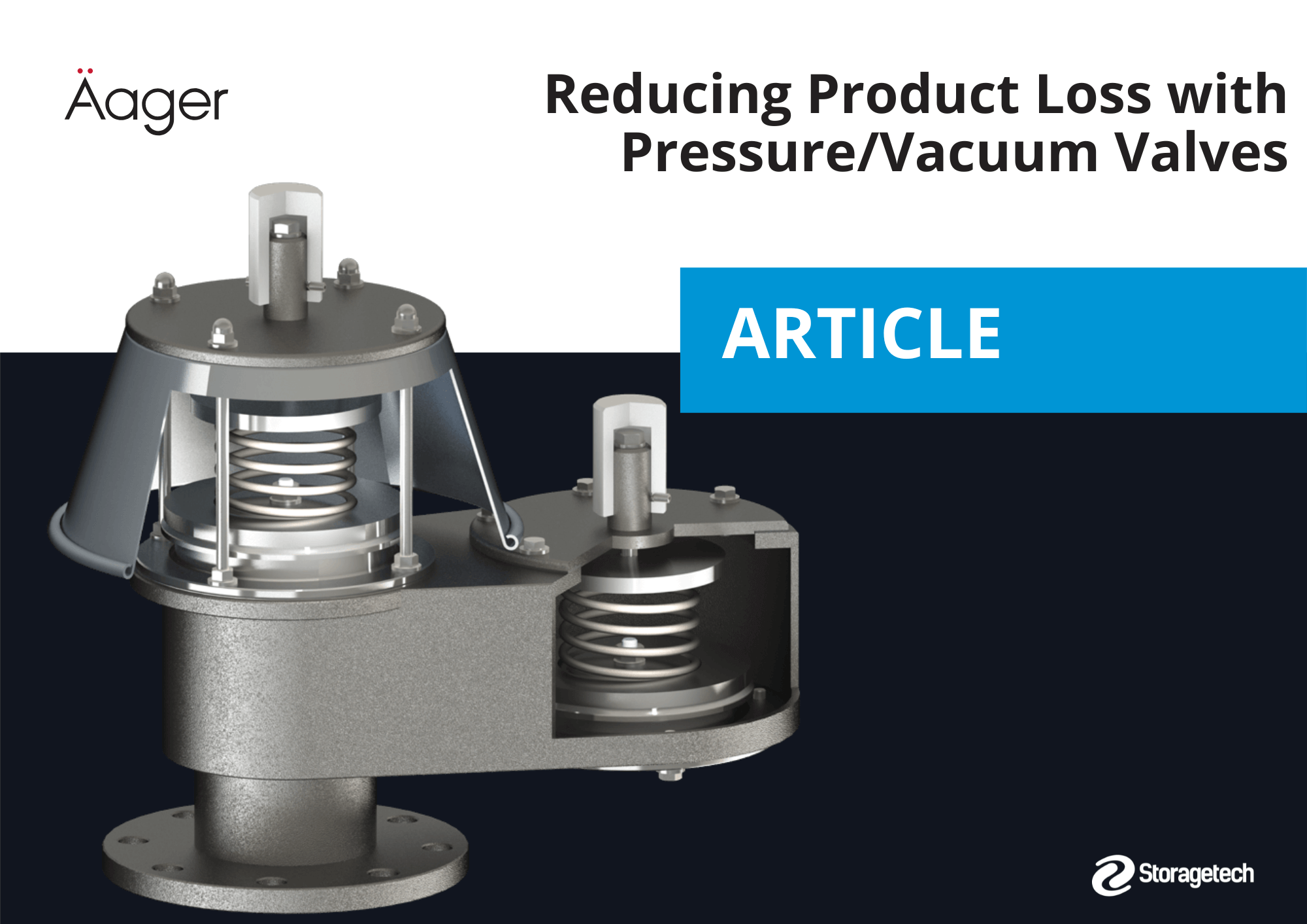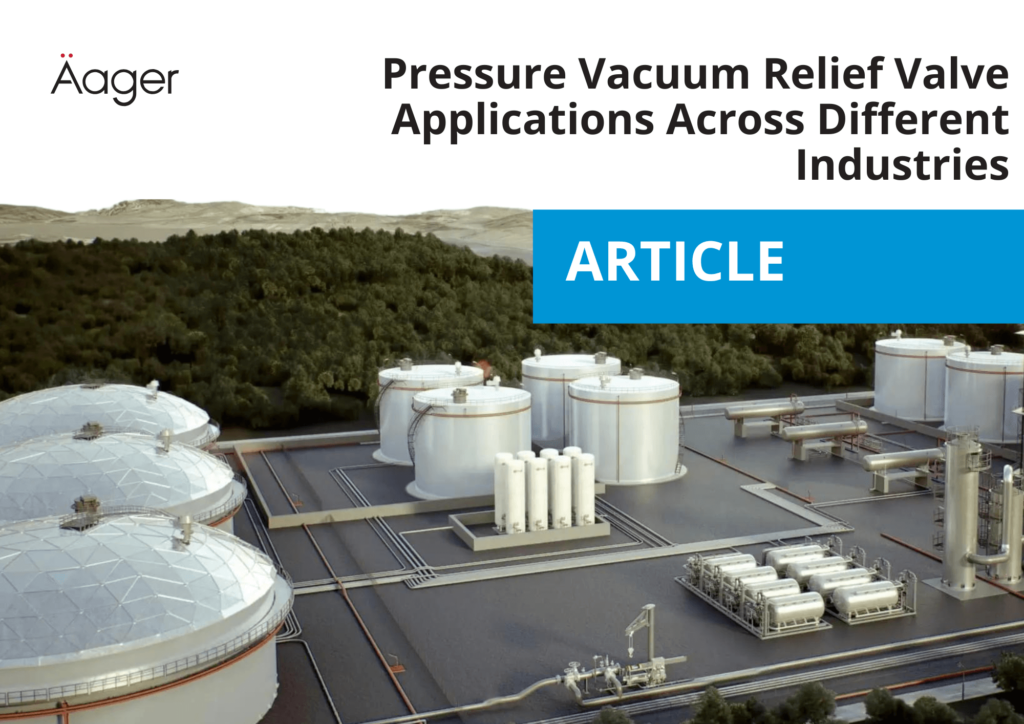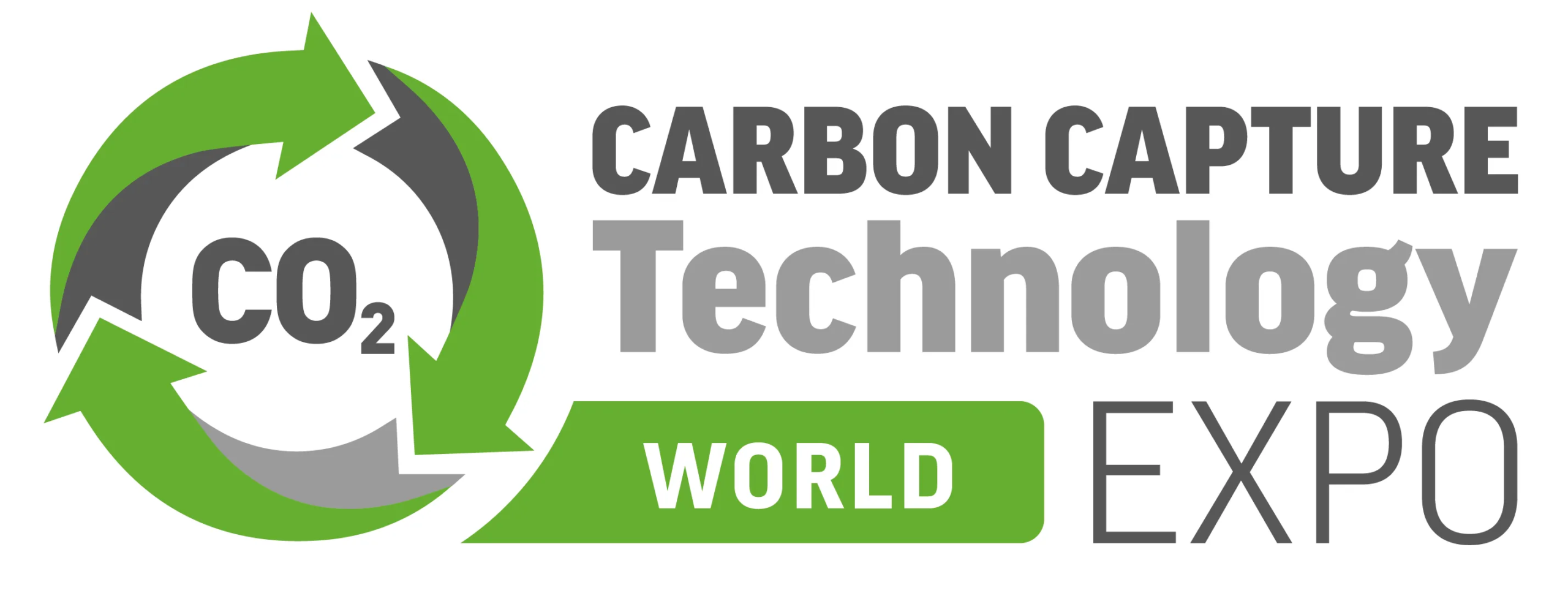
Industrial facilities that store or process volatile liquids often face a dual challenge: safeguarding the integrity of storage tanks and preventing the unnecessary loss of valuable product. Pressure/Vacuum Valves (PV Valves), sometimes called breather valves, stand out as a key solution to both problems. While they primarily protect vessels from excessive pressure and vacuum conditions, these specialized valves also play a significant role in boosting energy efficiency by minimizing product loss. Below, we explore how PV Valves support sustainability, cut operational costs, and enhance overall plant performance.
1.Understanding the Energy-Product Link
Many production facilities focus heavily on thermal processes, pumping systems, and compressor operations when seeking to optimize energy efficiency. However, they often overlook the product losses that occur through tank emissions. Every kilogram of product that evaporates or escapes into the atmosphere represents not just a loss in raw material but also a waste of energy used during production, heating, or cooling processes. By ensuring a balanced internal tank environment, Pressure/Vacuum Valves help retain more of that product inside the tank, safeguarding both operational output and energy input.
2. How Pressure/Vacuum Valves Reduce Emissions
1. Maintaining Safe Pressure Levels
- PV Valves are designed with predetermined set points for opening and closing. When internal tank pressure nears critical levels, the valve vents out excess gas to prevent structural damage. Conversely, it allows air in during vacuum conditions.
- By responding only when necessary, PV Valves limit the frequency and volume of vented vapors.
2.Self-Sealing Mechanism
- After pressure or vacuum conditions normalize, the PV Valve reseals, preventing continuous vapor loss or excessive air ingress.
- This self-regulating feature keeps the tank environment stable, cutting down on both emissions and contamination risks.
3.Optimized Flow Control
- PV Valves can be configured to match specific process conditions, ensuring the minimal required venting while preventing product escape.
- Different models accommodate a range of flow rates and set point values to suit unique operational demands.
3. The Energy Efficiency Payoff
a) Lower Heating and Cooling Demands
When valuable product remains inside the tank rather than being vented, there is less need to compensate for losses through additional processing. For example, in a heated storage system, losing vapor might require more fuel to maintain the required temperature, while in a cooled environment, extra energy would be consumed to keep temperatures low. By retaining product effectively, PV Valves help stabilize internal conditions, thereby reducing the overall energy load.
b) Decreased Makeup Raw Material
Any vapors lost to the atmosphere must be replaced by fresh feedstock to maintain production levels. This not only incurs extra material costs but also increases the energy needed for transport, handling, or processing new raw inputs. A well-functioning Pressure/Vacuum Valve system keeps these costs in check by minimizing unnecessary product venting.
c) Extended Equipment Lifespan
Plants with unstable pressure or vacuum conditions often experience more stress on tank walls and other components, potentially leading to frequent maintenance or premature failures. By keeping internal pressures within safe margins, PV Valves reduce strain on the equipment and may lengthen operational lifespans—an indirect but significant factor in long-term energy and resource efficiency.
4. Practical Strategies for Maximizing PV Valve Benefits
1.Accurate Sizing and Selection
- Before installing a PV Valve, conduct a thorough process analysis to determine optimal vent capacities and set points. An undersized valve can trigger excessive venting, while an oversized one may fail to protect against sudden surges.
- Consult with valve manufacturers and industry experts to match the system precisely to your facility’s needs.
2.Routine Maintenance and Calibration
- Like all process components, Pressure/Vacuum Valves require regular inspections. Check for leaks, corrosion, or improper sealing that might compromise performance.
- Periodic calibration ensures the valves activate at the right pressure and vacuum thresholds, preventing both accidents and energy loss.
3.Monitor and Record Operational Data
- Tracking pressure levels, temperature fluctuations, and product loss data can highlight inefficiencies. With clear documentation, operators can quickly identify unusual changes that might signal a faulty valve or an emerging process imbalance.
- Advanced facilities sometimes integrate digital sensors or IoT-based systems for real-time analysis, enabling faster interventions.
4.Integration with Emission-Control Systems
- Pairing PV Valves with vapor recovery units or gas blanketing systems can further minimize emissions and optimize energy usage. These combined setups often yield high returns in terms of cost savings and regulatory compliance.
5. Meeting Sustainability Goals and Compliance
Global regulations increasingly focus on volatile organic compound (VOC) emissions, air quality standards, and sustainable resource management. Plant managers can significantly improve their site’s environmental footprint by installing and maintaining Pressure/Vacuum Valves. The result is twofold:
- Regulatory Compliance: Reduced emissions help avoid fines, inspections, and complications from environmental authorities.
- Corporate Responsibility and Public Image: Demonstrating clear steps toward energy efficiency and ecological responsibility can enhance a company’s standing with stakeholders, investors, and the surrounding community.
Highlighting the Core Value of PV Valves
By eliminating unnecessary vapor losses and maintaining controlled pressure ranges, Pressure/Vacuum Valves offer more than just tank safety—they become a strategic asset for plants aiming to optimize resource consumption and energy usage. Whether the focus is on cutting operational costs, complying with environmental mandates, or simply maximizing product yield, PV Valves stand out as a vital tool in any robust sustainability and efficiency plan.
In summary, incorporating carefully selected and well-maintained Pressure/Vacuum Valves is a practical way to merge economic advantage with environmental stewardship, proving that a well-thought-out approach to tank venting can significantly bolster overall energy efficiency and profitability.

Mohammed HASSAN
Technical Coordinator





